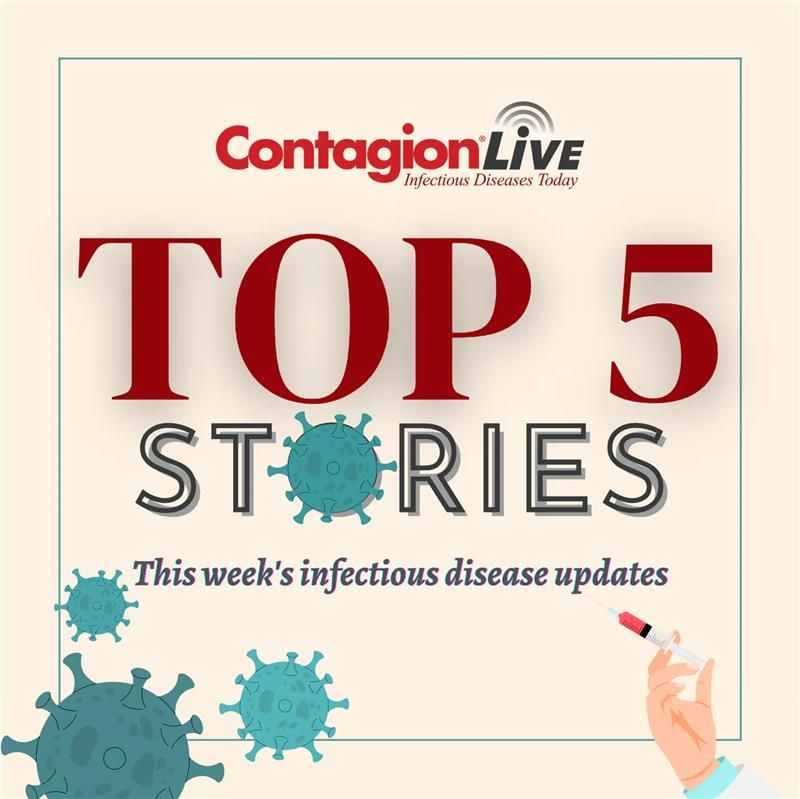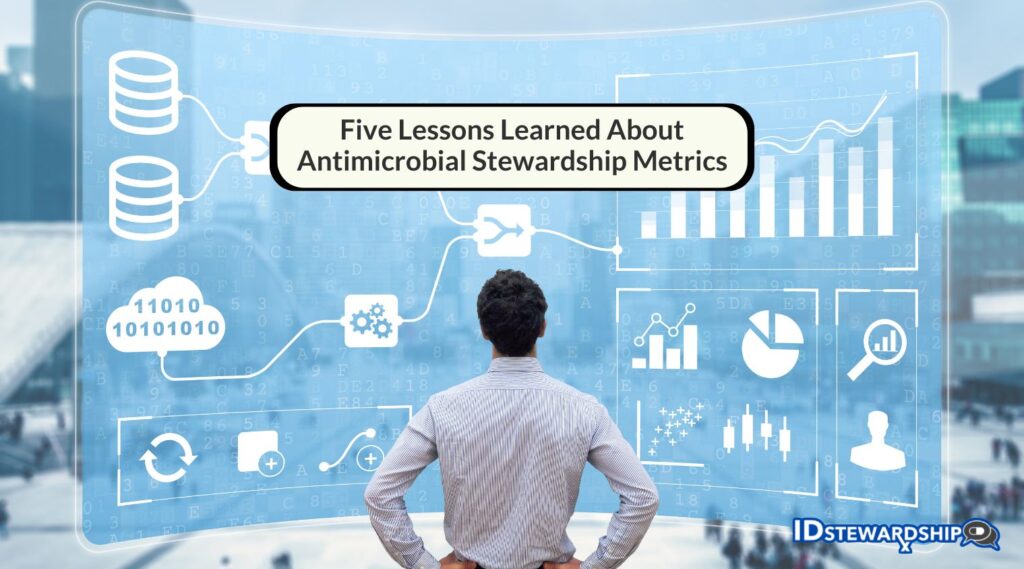Pasteurization of milk has been a key public health measure for decades, effectively eliminating the risk of illness from this essential staple. In 1987, the FDA banned the interstate sale of raw milk.
Image credits: Unsplash

This Salmonella outbreak was not fully communicated until recently, despite a voluntary recall of Raw Farm products in October 2023, following about a dozen reported cases in California. Continued investigation revealed that over 60% of those interviewed had consumed Raw Farm products. Nearly 40% of cases in children under five. 20 people were hospitalized, but no deaths have been reported.1
California health officials have stated they conducted a comprehensive investigation and informed the public through multiple channels. The outbreak was declared over on May 4. Mark McAfee, owner of Raw Farm, acknowledged the outbreak’s connection to his products and mentioned enhanced testing protocols following the incident. One affected mother plans to sue Raw Farm after her daughter is hospitalized, stating she will no longer consume unpasteurized milk.1 Salmonella can cause serious symptoms and infections, particularly in young children, the elderly, and individuals with weakened immune systems.2
Key Takeaways
- The Salmonella outbreak linked to Raw Farm in California has sickened at least 165 people, making it the largest US outbreak like this in a decade, with many cases involving young children.
- Health officials warn that raw milk can contain harmful pathogens like Salmonella, E coli, and Listeria posing serious health risks, particularly to vulnerable populations, such as children, with no proven health benefits to consumption.
- Research has detected avian influenza viruses in raw milk, highlighting the importance of biosecurity measures in dairy farming to prevent contamination and protect consumers and workers.
FDA Guidelines on Raw Milk Safety
Pasteurization has been a vital public health measure for decades, significantly reducing illness from milk. In 1987, the FDA banned interstate sales of raw milk, but a small percentage of Americans now prefer raw milk for its perceived taste and health benefits, despite the lack of scientific support for these claims. Since 1987, 143 outbreaks linked to raw milk have been reported, resulting in serious health issues, including miscarriages and deaths. The FDA supports pasteurization for food safety but does not regulate intrastate raw milk sales. Consumers should be aware of the health risks associated with raw milk, especially vulnerable populations like children and the elderly. The FDA’s stance aligns with the CDC and the American Academy of Pediatrics.3
Here are key guidelines regarding raw milk safety:4
- Unsafe Consumption: Health agencies like the FDA and CDC agree that raw milk can contain harmful pathogens (eg, E coli, Salmonella, Listeria) and is unsafe to consume.
- Lack of Benefits: There are no scientifically substantiated health benefits to consuming raw milk; the risks outweigh any perceived advantages.
- Legal Status: Raw milk sales are prohibited in interstate commerce; some states allow intrastate sales.
- Pasteurization Benefits: Pasteurization effectively kills harmful bacteria without significantly altering milk’s nutrient content or causing allergic reactions.
- Myths Addressed:
– Pasteurized milk does not cause lactose intolerance.
– Raw milk does not kill pathogens or cure illnesses/allergies.
Connection to Avian Influenza5
Health officials advise against consuming unpasteurized milk because the H5N1 bird flu virus has been detected in over 140 US dairy herds and at high levels in raw milk.
Research has shown that the highly pathogenic H5N1 virus and the human influenza A(H1N1) pandemic can remain infectious on milking equipment surfaces for several hours. This highlights the risks associated with handling unpasteurized milk and underscores the importance of effective surveillance and biosecurity measures in dairy farming
“We observed that the H5N1 cattle virus remained infectious in unpasteurized milk on stainless steel and rubber inflation lining after 1 hour, whereas infectious virus in PBS fell to below the limit of detection after 1 hour. That finding indicates that unpasteurized milk containing H5N1 virus remains infectious on materials within the milking unit,” according to researchers from the CDC.
The milking process involves automated milk collection through clusters attached to cow teats, beginning with a manual step to stimulate milk release and assess quality, which can lead to splatter. Workers manually clean the teats before attaching the clusters, which use rubber liners to regulate milk flow. Workers are at risk of exposure to potentially infectious milk due to their positioning. Ongoing research is focused on the persistence of influenza viruses in unpasteurized milk on milking surfaces, highlighting the health risks to workers.
The salmonella outbreak associated with Raw Farm in California underscores the risks of consuming raw milk. With over 165 reported illnesses, health officials recommend avoiding unpasteurized dairy products due to the potential presence of harmful pathogens. The detection of avian influenza viruses in raw milk further highlights the need for safe handling practices in dairy farming. Consumers should stay informed about these risks to make safer choices regarding milk consumption.
References
-
Aleccia J. Dozens were sickened with salmonella after drinking raw milk from a California farm. https://apnews.com/article/raw-milk-salmonella-bird-flu-raw-farm-99c8c79ece9bc2a9f90dc4f917292dad?utm_campaign=TrueAnthem&utm_medium=AP&utm_source=Twitter
-
Abene S. FDA Recalls: July 2024 Mid-Month Check-In. Contagion. Published July 15, 2024. Accessed July 17, 2024. https://www.contagionlive.com/view/fda-recalls-mid-month-check-in
-
FDA. Food Safety and Raw Milk. Published March 5, 2024. Accessed July 17, 2024. https://www.fda.gov/food/buy-store-serve-safe-food/food-safety-and-raw-milk
-
FDA. Raw Milk Questions & Answers. Updated November 1, 2011. Accessed July 17, 2024. https://www.fda.gov/food/buy-store-serve-safe-food/raw-milk-questions-answers
-
Abene, S. Avian Influenza in Dairy Cattle: Implications for Milk Production and Biosecurity. Contagion. Published July 2, 2024. Accessed July 17, 2024. https://www.contagionlive.com/view/avian-influenza-in-dairy-cattle-implications-for-milk-production-and-biosecurity








